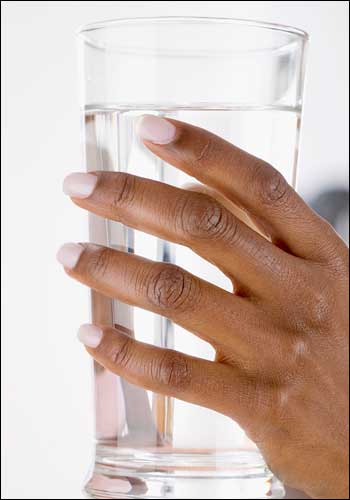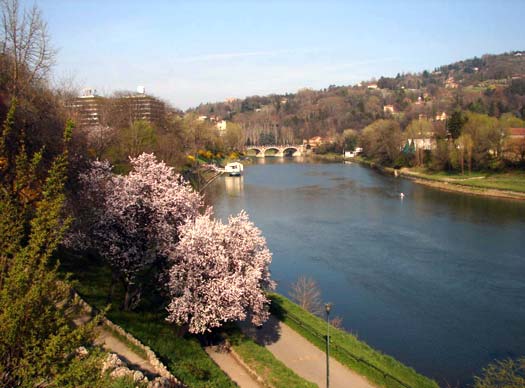The Environmental Working Group (EWG) has released yet another report indicting the nation’s drinking water supplies are being highly contaminated with pollutants. An analysis of 20 million water quality tests performed between 2004 and 2009 revealed that many local and regional water supplies are tainted with up to 316 different toxic chemicals, many of which are unregulated by current federal standards.
Of the over 300 pollutants found, the Environmental Protection Agency (EPA) has set safe maximum limits for only 114 of them, leaving the remaining 64 percent unrecognized as pollutants and unregulated by toxin laws. A few of these chemicals include perchlorate, a toxic component of rocket fuel; freon and radon, two chemical refrigerants; acetone; and metolachlor, a weed killer. Read more












